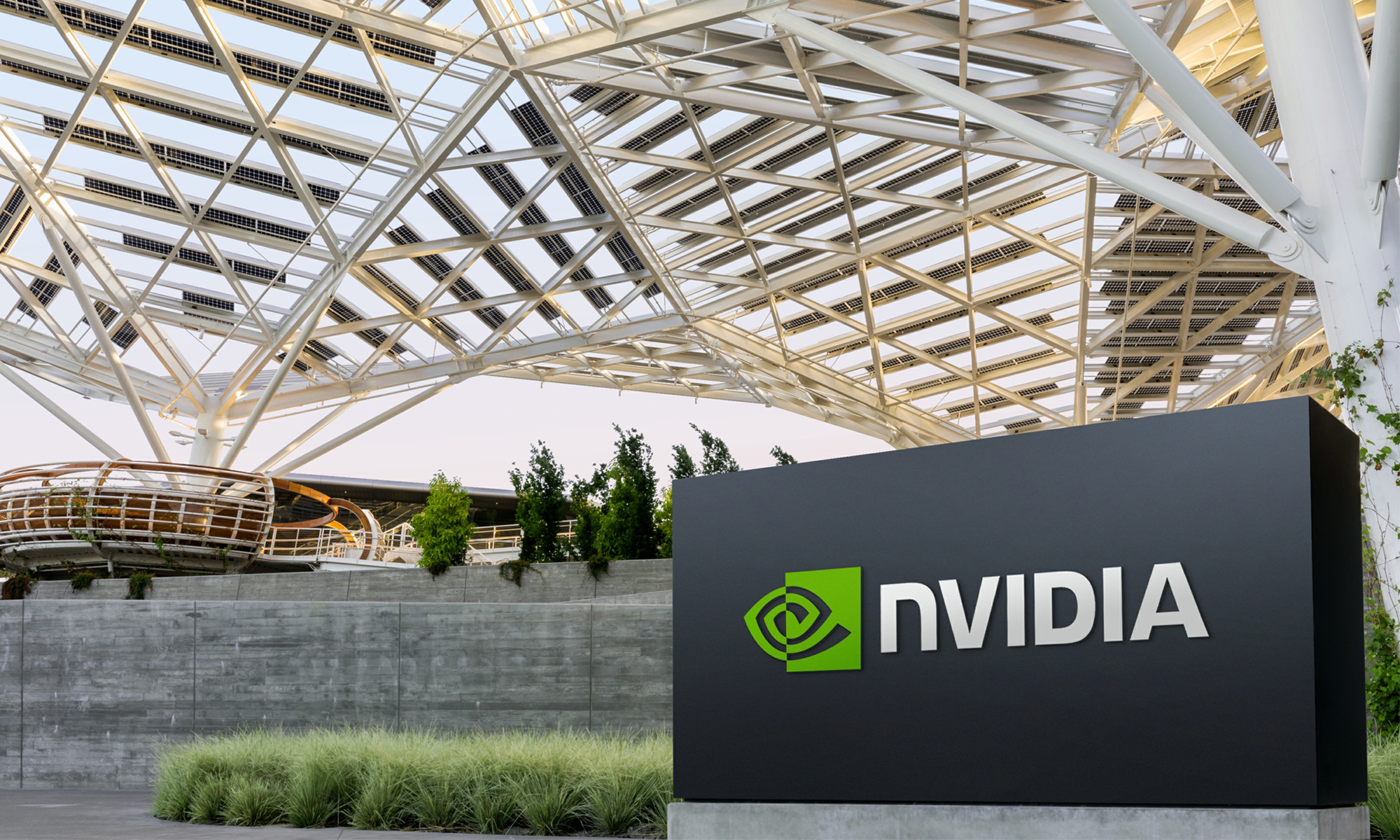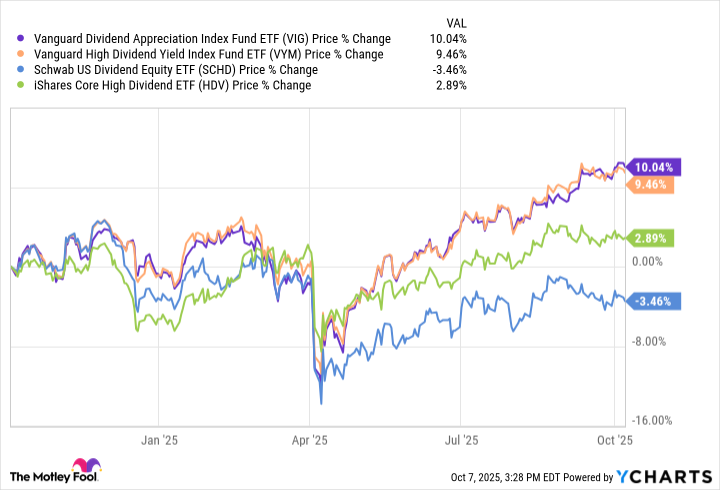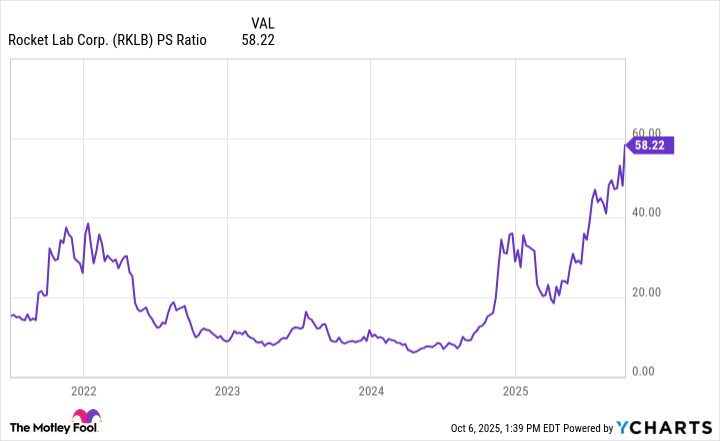The “Magnificent Seven” or the Entire S&P 500: What’s the Better Option for Growth Investors?
The big names in tech have been doing well of late, but a slowdown could be overdue.
If you’re thinking about investing in the stock market today, you may be wondering whether it’s a better idea to go with the big names in the “Magnificent Seven” or to simply hold a position in the entire S&P 500.
The Magnificent Seven refers to some of the most prominent growth stocks in the world: Alphabet, Amazon, Apple, Meta Platforms, Microsoft, Nvidia, and Tesla. Investing in these companies has yielded strong returns for investors over the years. Meanwhile, the S&P 500 makes for a more balanced investment overall, as it gives investors broader exposure to the market while still growing over the long term. By having a position in the 500 best stocks rather than just the top seven, there’s much more diversification.
Which option should you go with today, if your focus is on long-term growth?

Image source: Getty Images.
The Magnificent Seven are magnificent, but they could be overdue for a decline
One way you can gain exposure to the Magnificent Seven is by investing in the Roundhill Magnificent Seven ETF (MAGS -3.81%). The fund invests in just the Magnificent Seven and, thus, can be an easier option than investing in each stock individually. Since its launch in April 2023, the fund has soundly outperformed the S&P 500, rising by more than 165% while the broader index has achieved gains of around 64%.
Many of the Magnificent Seven have benefited from an uptick in demand due to artificial intelligence (AI) and have been investing heavily in next-gen technologies. However, many investors worry that a bubble has already formed around AI stocks and that spending could slow down, especially if there’s a recession on the horizon. If that happens, then these stocks could be susceptible to significant declines.
While these stocks have been flying high of late, back in 2022, when the market was in turmoil due to rising inflation and as investor sentiment was souring on growth stocks, each of the Magnificent Seven stocks fell by more than 26%. The worst-performing stocks were Meta and Tesla, which lost around 65% of their value. That year, the S&P 500 also fell, but at 19%, it was a more modest decline.
The S&P 500 is more diverse, but that doesn’t mean it’s risk-free
If you want to have exposure to the S&P 500, you can accomplish that by investing in an S&P 500 index fund, such as the SPDR S&P 500 ETF (SPY -2.67%). Its low expense ratio of 0.09% makes it a low-cost, no-nonsense way of tracking the S&P 500. Its focus is to simply mirror the index, and it does a great job of that.
The problem, however, is that while the S&P 500 will give you exposure to more stocks than just the seven best stocks in the world, how those leading stocks do will still have a significant impact on the overall stock market. And the Magnificent Seven, because they are so valuable, are also among the SPDR ETF’s largest holdings.
But even if you were to go with a more balanced exchange-traded fund, such as the Invesco S&P 500 Equal Weight ETF, which has an equal position in all S&P 500 stocks, that may only offer modest protection from a wide-scale sell-off. In 2022, the ETF declined by 13%.
You’re always going to face some risk when investing in the stock market, especially if your focus is on growth stocks, which can be particularly volatile.
What’s the better strategy for growth investors?
If your priority is growth, then going with the Magnificent Seven can still be the best option moving forward. These stocks will undoubtedly have bad years, but that’s the risk that comes with growth stocks. However, given their dominance in tech and AI, the Magnificent Seven still have the potential to vastly outperform the S&P 500 in the long run, and their gains are likely to far outweigh their losses.
David Jagielski has no position in any of the stocks mentioned. The Motley Fool has positions in and recommends Alphabet, Amazon, Apple, Meta Platforms, Microsoft, Nvidia, and Tesla. The Motley Fool recommends the following options: long January 2026 $395 calls on Microsoft and short January 2026 $405 calls on Microsoft. The Motley Fool has a disclosure policy.













